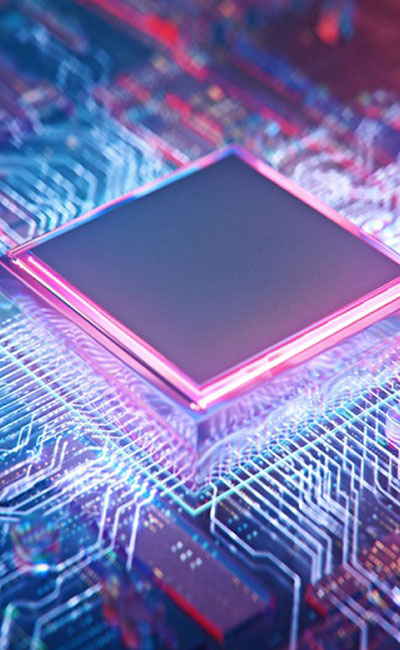
Memory Technology Highlights from TechInsights 2021 Webinar
Due to strong and growing demands for memory chips from storage, mobile, and AIOT market, all the memory players are striving to increase density/performance, reduce manufacturing cost, and develop the new and innovative technologies for each generation. TechInsights has been tracking down and digging into them, including technology trends and innovative process/design changes on DRAM, NAND Flash, and emerging memory devices such as STT-MRAM, ReRAM, FeRAM and 3D XPoint Memory. We’ll overview and discuss them at the webinar.
DRAM cell scaling down to sub-15 nm design rule (D/R) has already been productized from major players such as Samsung, Micron, and SK Hynix. They’ve been developing n+1 and n+2 generations so called 1b (or 1β) and 1c (or 1γ), which means DRAM cell D/R might be able to further scale down to sub-12 nm or beyond with/without EUV adoption for DRAM cell patterning. The cell scaling is getting slower due to the key challenges such as process integrity, cost, cell leakage, capacitance, refresh management and sensing margin. Some innovative technologies such as higher-k dielectric materials, pillar capacitor process, recess channel transistor, and HKMG adoption can be seen from the advanced DRAM cell design. Further, 3D DRAM, high bandwidth memory (HBM3), graphic DRAM (GDDR6X/7) and embedded DRAM (10nm/7nm) technologies will extend the DRAM lifetime and application.
Major NAND manufacturers are racing to increase the number of vertical 3D NAND gates, they all have introduced 1yyL 3D NAND devices, for example, Samsung V7 V-NAND, KIOXIA and Western Digital Company (WDC) BiCS6, Micron 2nd gen. CTF CuA, and SK Hynix 2nd gen. 4D PUC NAND. Beyond storage density, 3D NAND prototype is used for ultra-low latency NAND application (classified as Storage Class Memory), such as Samsung Z-SSD and KIOXIA XL-FLASH. 3D NAND bit density reached up to 10.8 Gb/mm2 (SK Hynix 176L 512Gb TLC) and 12.8 Gb/mm2 (Intel 144L 3-deck QLC). YMTC 128L Xtacking products are just around the corner.
Intel extends XPoint memory application not only for conventional SSD but also DCPMM persistent memory. Intel OptaneTM P5800X SSD products use the 2nd generation XPoint memory technology with four-stack PCM/OTS cell structure. Everspin 3rd generation standalone 256Mb STT-MRAM (pMTJ) and 1Gb STT-MRAM, Samsung and SONY’s new 28nm eSTT MRAM (pMTJ), Avalanche eSTT MRAM (pMTJ) with 40nm node, Dialog Semiconductor (old Adesto Technologies) 2nd generation CBRAM, and Fujitsu 45nm ReRAM 130nm FeRAM products have been released on the market in 2020 and 2021.

Find content like this and more in the TechInsights Platform. Sign-up for free today.







